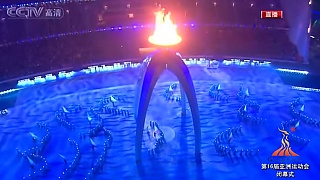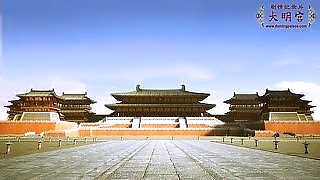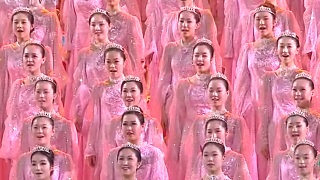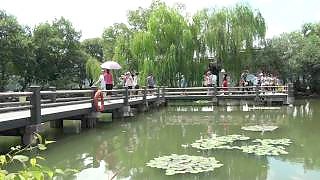Born in TianMen, near ZhangJiaJie (think of the movie Avatar), HuBei province, she became interested in the guitar and started lessons at age six, with a penchant for heavy metal !
PinXi made her public debut in October 2015, at the China (ShangHai) Musical Instruments Exhibition, invited by the JOYO company as a guest performer; this is the first clip seen here - playing Cross-Ozielzinho.
This montage also includes 'Angel of Darkness' by Andy James (age 9; PinXi, not Andy ;).
Don't miss it ...
Her favorite quote : Believe in yourself.
[640],shadow=true,start=25,stop=PinXi exhibits that no-hesitation / no force expression strived for in the finest calligraphy, in which the hand and brush are as one. In Chinese this is known as Wu Wei or Wu Wei Wu - loosely translatable as action without effort.
 PinXi Liu 六 品析, age 8, amazing rock guitarist
PinXi Liu 六 品析, age 8, amazing rock guitarist






















